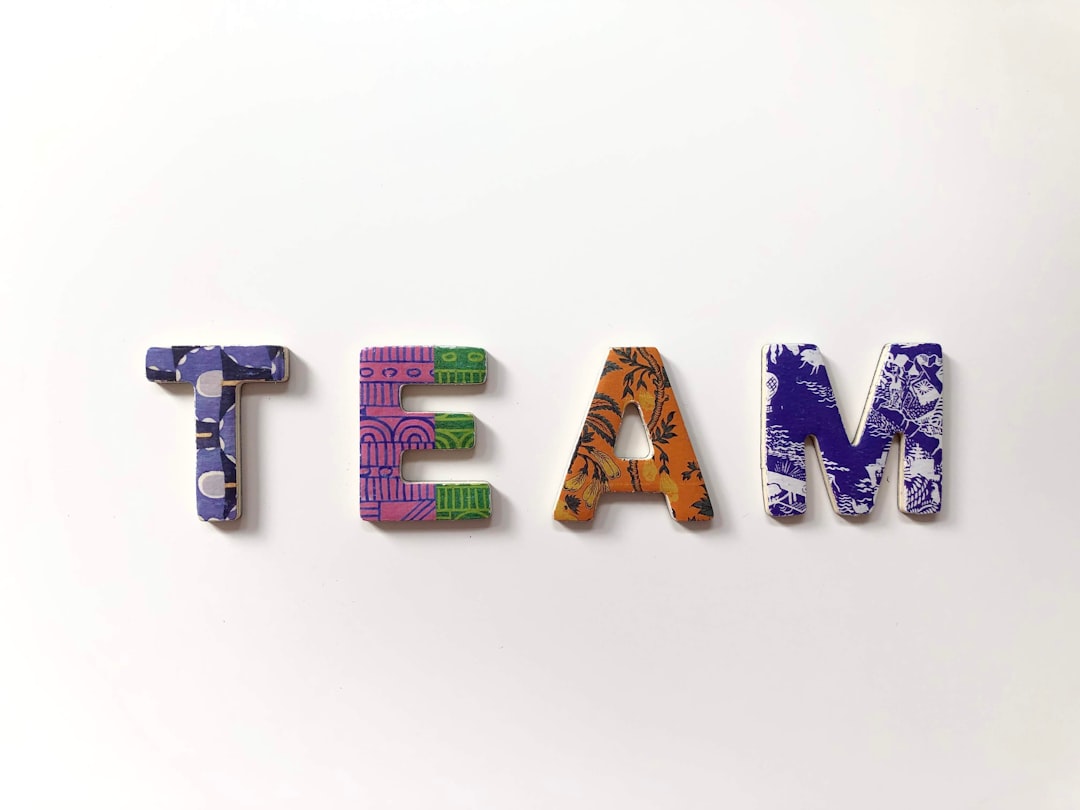How to Translate Large Files with Ease [2025]
Handling large files for translation used to be a daunting task, especially when accuracy, formatting, and deadlines are at stake. Whether you’re a freelance translator, a localization manager, or a business owner expanding into global markets, the ability to translate extensive documents smoothly is more necessary than ever in 2025. Thanks to advancements in AI and cloud-based tools, this once-challenging job has become far more manageable.
Why Big Files Are a Big Deal
Large files such as user manuals, technical documentation, legal contracts, or even eBooks often come with structural complexity and thousands of words. The translation process for such files must consider:
- Consistent terminology
- Proper formatting
- Multiple languages
- Collaborative workflows
Unlike short texts, these documents require specialized handling for optimal results. Let’s explore how to tackle large file translations with ease in 2025.
1. Choose the Right Tools
Modern tools significantly reduce the time and effort needed to translate massive files. AI-driven platforms have revolutionized the way we work.
Here are some top tools you should consider:
- DeepL Pro: Offers high-quality translation with support for large documents like DOCX and PPTX.
- Trados Studio: Industry-standard CAT (Computer-Assisted Translation) tool that handles large-scale projects with ease through translation memories and automated quality checks.
- Smartling and Memsource: Cloud-based systems that enable collaborative translations, real-time updates, and API integration.

What’s powerful about these platforms in 2025 is their ability to preserve document formatting while integrating glossary and style guide support native to your workflow.
2. Break It Down Strategically
Trying to translate a 300-page manual in one go isn’t just overwhelming—it’s unnecessary. Most modern software allow segmentation of content, which is easier to manage and proofread.
Tips for breaking down large files:
- Split by chapter or section so context is preserved.
- Assign batches to different linguists when working in teams, accelerating turnaround.
- Use content management systems that automate segmentation and tracking.
Once segmented, sync your work through a centralized platform to maintain consistency and prevent version control issues.
3. Clean and Prepare Your File
Before importing your file into a translation tool, do a quick cleanup:
- Remove unnecessary images and extra spaces
- Standardize fonts and styles
- Convert PDF to editable formats like DOCX using OCR technology
Proper prep work ensures smoother machine-assisted translation and minimizes post-editing efforts.
4. Leverage AI-Powered Translation
AI has taken translation quality to a whole new level. Many tools now use neural machine translation (NMT) to provide near-human accuracy.
What’s new in 2025?
- Context-aware engines supply better sentence flow
- Style adaptation options allow matching your brand’s voice
- Real-time feedback loops improve based on past edits

By combining AI with human post-editing, you can ensure both speed and quality in your final translation.
5. Collaborate Seamlessly
Translation is rarely a one-person job when it comes to large files. Cloud-based environments allow reviewers, translators, and project managers to work simultaneously.
These features make collaboration smoother than ever:
- Live chat and comment threads
- Version tracking and comparison
- User roles and permission settings
Teamwork is more efficient, no matter where your language professionals are located across the globe.
6. Don’t Forget Quality Assurance
An overlooked step in translating large files is the final quality inspection. Make use of in-built QA tools offered in CAT platforms that can detect:
- Missing translations
- Formatting errors
- Term inconsistencies
Combining automated and human checks ensures your translated document is publication-ready from both a linguistic and structural viewpoint.
Conclusion
In 2025, translating large files no longer needs to be a painful or tedious experience. Thanks to advanced tools, AI integrations, and collaborative platforms, anyone handling complex documents can now manage them with remarkable ease and accuracy.
By following a few proactive strategies—choosing the right tools, breaking files into segments, prepping content, using AI, and leveraging collaboration—you can transform massive translation projects into smooth, streamlined processes. Embrace the technology and workflows available today, and you’ll find yourself ahead of the curve in the global communication landscape.

Comments are closed.